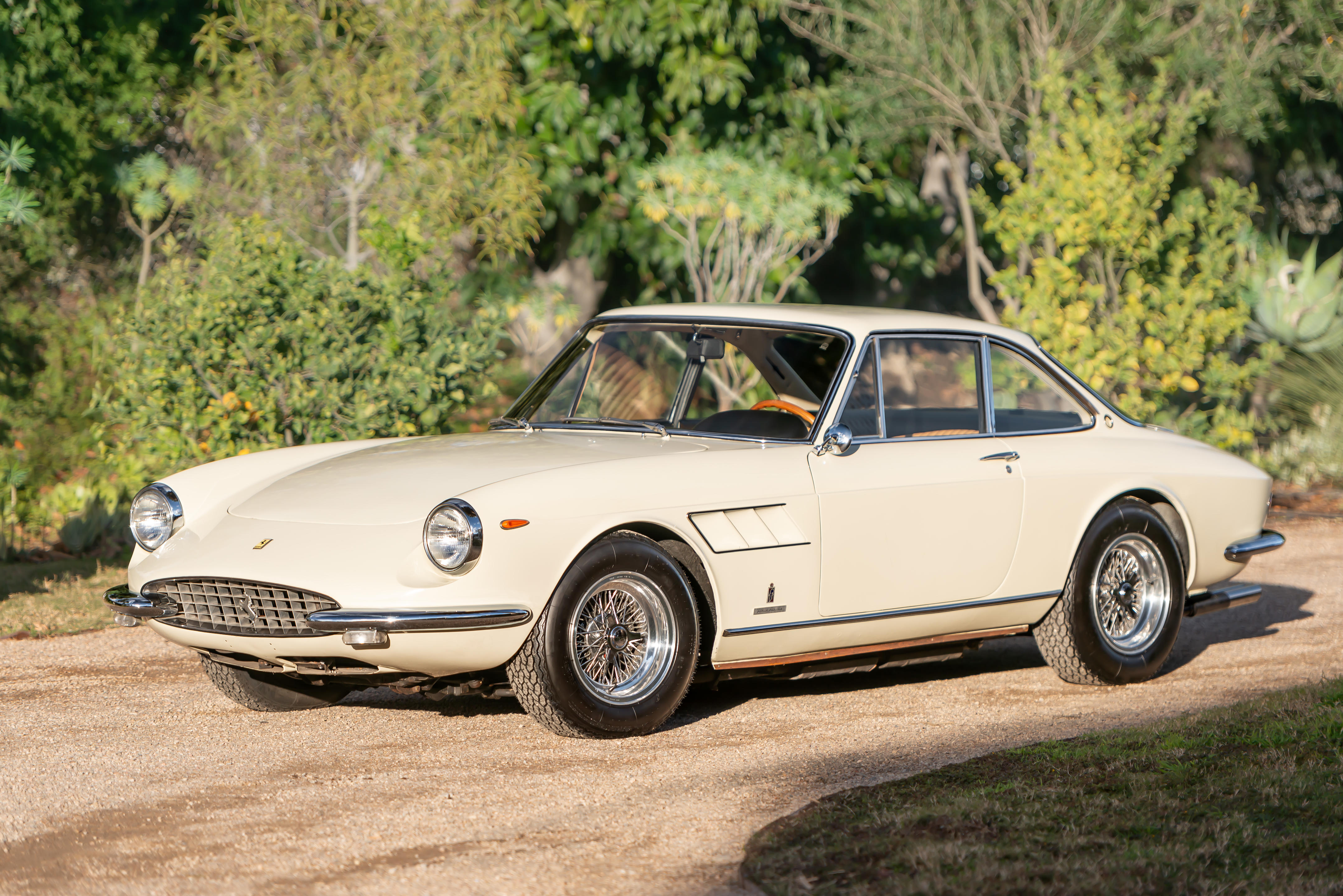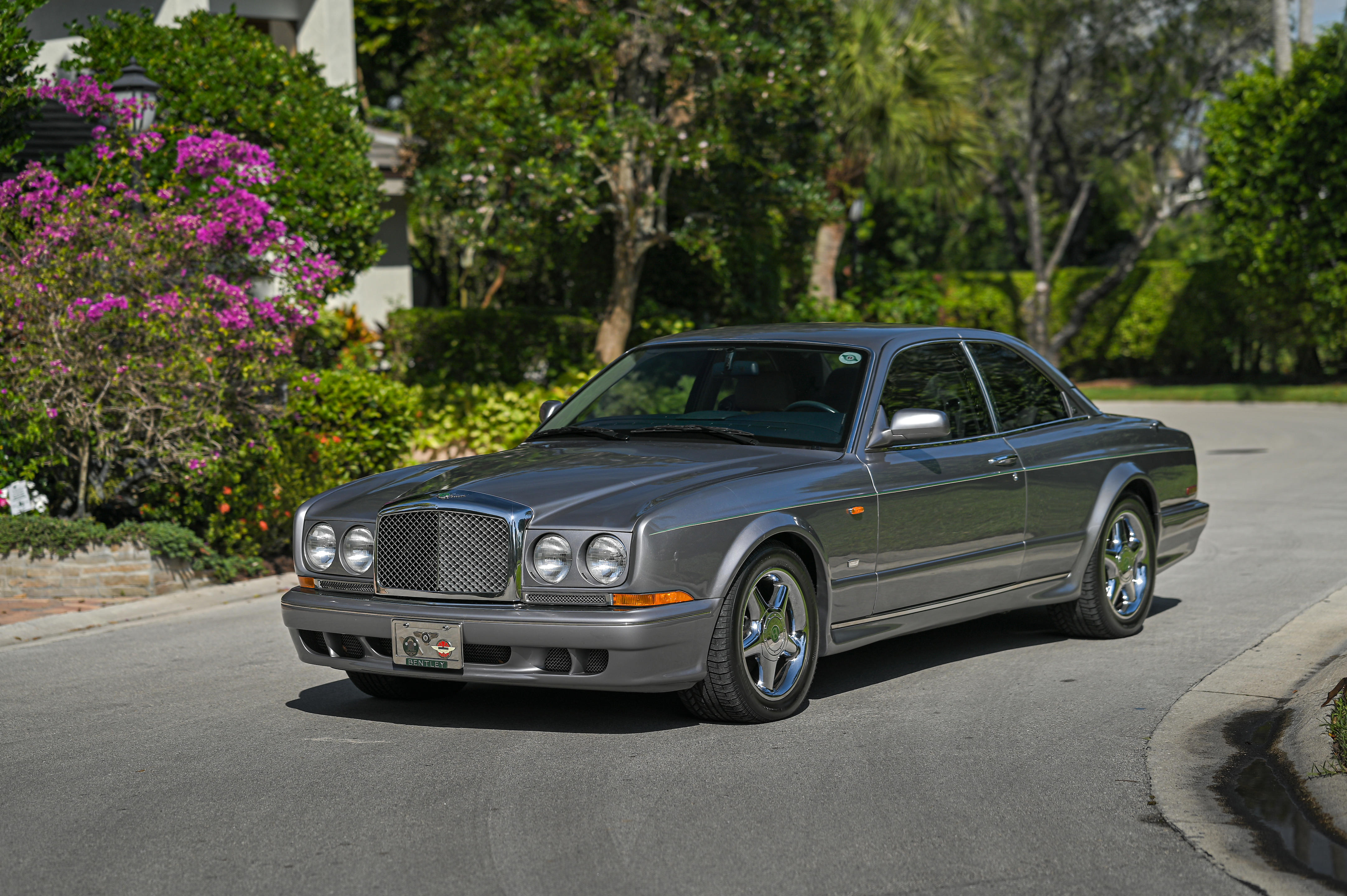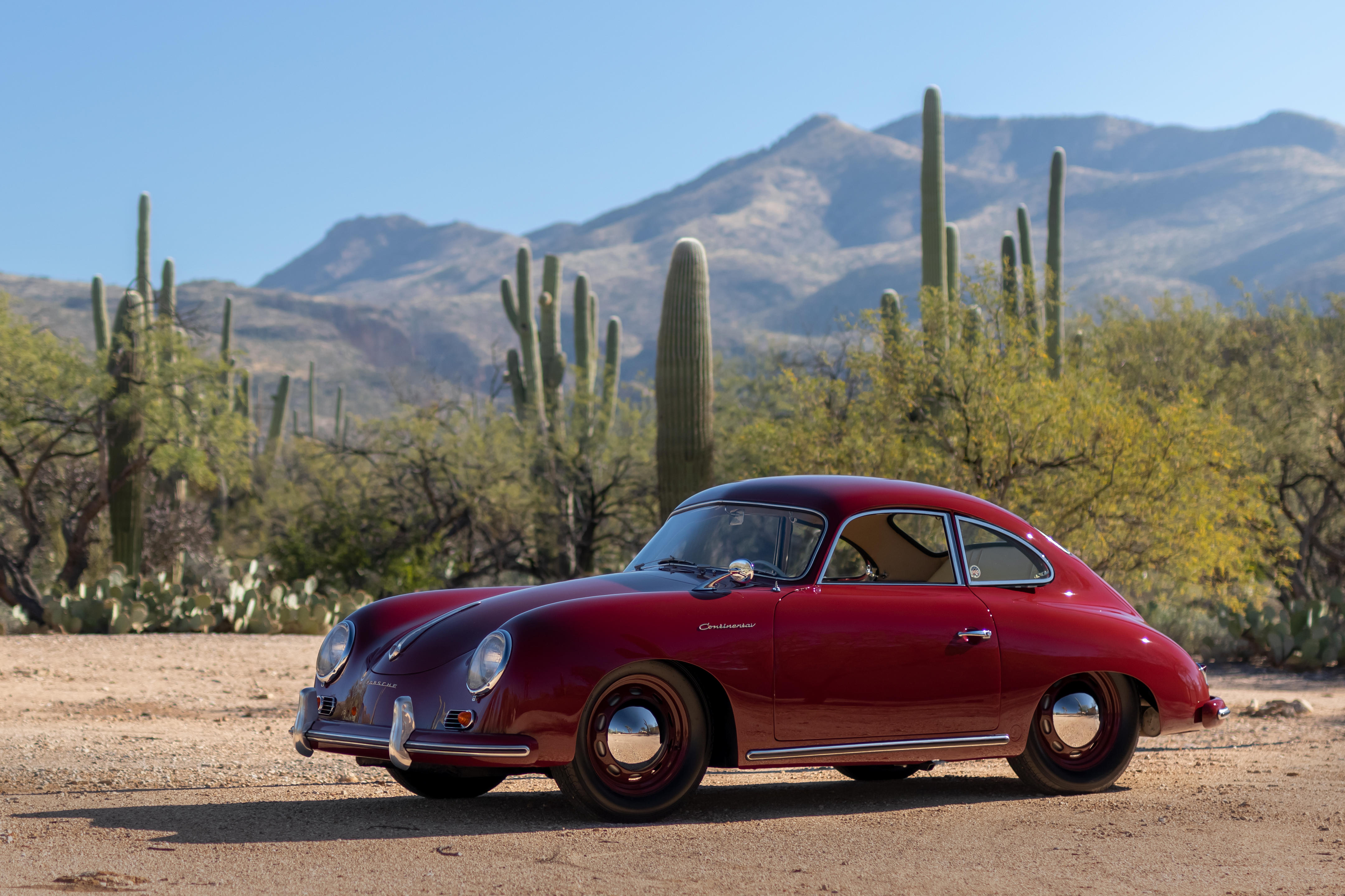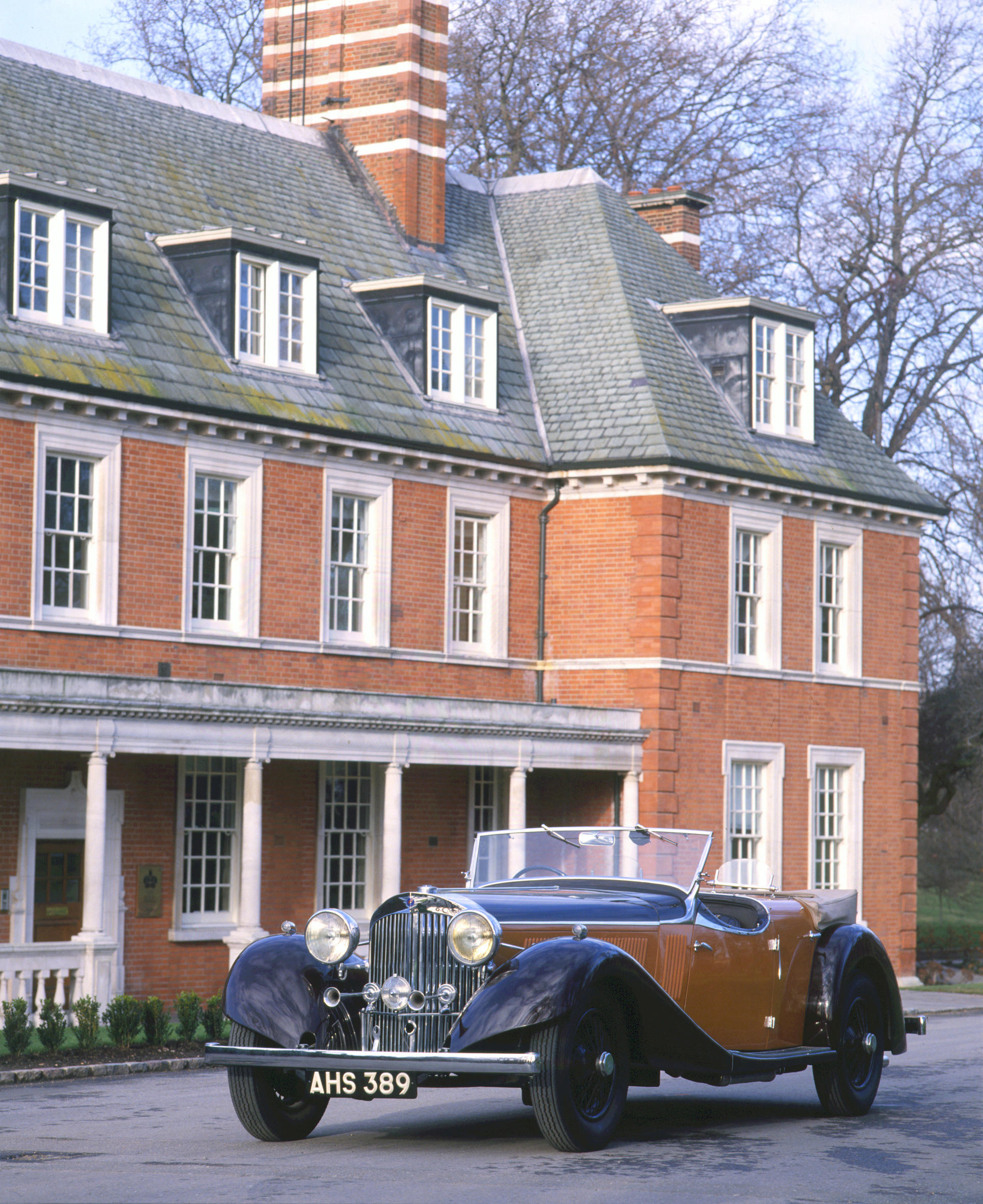THE MODEL C For 1904 the new Ford voiturettes started to evolve. First an 'enhanced' Model A, now commonly known as an 'AC' was produced, with features including slightly different engine make-up, the bore size was enlarged to provide 10hp, and the block was split horizontally to enable access from the top and bottom of the engine. With more power came the need for better cooling, larger water jackets and then a larger radiator also, oiling was improved with six 'drip feed' oilers to more parts of the unit and the flywheel was also enlarged in diameter, giving more inertia. Additional usability improvements followed with an open differential unit to assist with the rear drive and braking system also updated. These 'AC's were ultimately succeeded by a technically similar, but aesthetically different model, the Model C. By this stage the common form of a radiator gracing the front of an automobile was already fashion and Ford like other American manufacturers had to adapt to this guise popularised predominantly by the European Panhards and latterly the ground-breaking Mercedes. Despite Ford's engine remaining amidships, the radiator was brought to the front of the car and placed ahead of the water reservoir to maintain the 'French Front' look, while to improve convenience the petrol tank was also moved to this area, with an access through the top of the 'bonnet' and enlarged to 9 gallon capacity. In August 1904, Henry Ford formed a new Canadian company in Windsor, which began to produce Model C cars at a plant in Walkerville, Ontario. Visually, these cars took a further physical design step forward with the rear entrance style of bodywork replaced with side access doors. That in turn meant that the engine needed to sit further forward in the frame of the car, so these side entrance tonneaus have both increased seating capacity in the rear and a small protrusion of the front cylinder into the front seating area, now covered with a panel. Early cars such as this had foot steps to reach the seats, whereas these would later be replaced with full running boards. The Model C was relatively short-lived, being quickly supplanted by the Model F, after only 870 units had been delivered, each cost their owners $900. Of those the survival rate of all types is believed to be a modest number of around 20 cars. THE MOTORCAR OFFERED Known as 'Emma', this Canadian built Model C was presented to the Veteran Car Club of Great Britain Dating Committee in the era of Dennis Field's Chairmanship and was granted a 1904 Certificate on 22nd March 1967. The 'C' was clearly already in the UK by that time and would seem to have remained there through to the late 1990s. It would appear to have used the car number of 1653 for the dating process as that is what is listed on the certificate, while its engine flywheel is marked 2237. Comparison with the records provided in Carlton Pate's Early Ford Encyclopaedia and provided by John Biggs denote #2237 as having been built at the very end of 1904, on the 20th December. On file are numerous old UK 'MOT' certificates, as well as a V5 document confirming that its last owner in the UK was a John Darlow of Bedford. In his ownership, it would appear that the Ford was last on the British Roads in 1996. The '04 Car has clearly had a busy life on the Veteran car front, and sports a number of badges on its dashboard for events campaigned, including London to Brighton entrant plaques for 1986 through to the Centenary year in 1996. This activity is reflected in the car's general condition which is now quiet aged in appearance, a few repaints and a renewal of the interior appear to have been done over the years and for wet weather days basic protection is provided with its period 'surrey' top. Although not campaigned for the last two decades, its confirmed date would enable it to participate once again in the Bonhams sponsored London to Brighton Veteran Car Run, perhaps even this year!
THE MODEL C For 1904 the new Ford voiturettes started to evolve. First an 'enhanced' Model A, now commonly known as an 'AC' was produced, with features including slightly different engine make-up, the bore size was enlarged to provide 10hp, and the block was split horizontally to enable access from the top and bottom of the engine. With more power came the need for better cooling, larger water jackets and then a larger radiator also, oiling was improved with six 'drip feed' oilers to more parts of the unit and the flywheel was also enlarged in diameter, giving more inertia. Additional usability improvements followed with an open differential unit to assist with the rear drive and braking system also updated. These 'AC's were ultimately succeeded by a technically similar, but aesthetically different model, the Model C. By this stage the common form of a radiator gracing the front of an automobile was already fashion and Ford like other American manufacturers had to adapt to this guise popularised predominantly by the European Panhards and latterly the ground-breaking Mercedes. Despite Ford's engine remaining amidships, the radiator was brought to the front of the car and placed ahead of the water reservoir to maintain the 'French Front' look, while to improve convenience the petrol tank was also moved to this area, with an access through the top of the 'bonnet' and enlarged to 9 gallon capacity. In August 1904, Henry Ford formed a new Canadian company in Windsor, which began to produce Model C cars at a plant in Walkerville, Ontario. Visually, these cars took a further physical design step forward with the rear entrance style of bodywork replaced with side access doors. That in turn meant that the engine needed to sit further forward in the frame of the car, so these side entrance tonneaus have both increased seating capacity in the rear and a small protrusion of the front cylinder into the front seating area, now covered with a panel. Early cars such as this had foot steps to reach the seats, whereas these would later be replaced with full running boards. The Model C was relatively short-lived, being quickly supplanted by the Model F, after only 870 units had been delivered, each cost their owners $900. Of those the survival rate of all types is believed to be a modest number of around 20 cars. THE MOTORCAR OFFERED Known as 'Emma', this Canadian built Model C was presented to the Veteran Car Club of Great Britain Dating Committee in the era of Dennis Field's Chairmanship and was granted a 1904 Certificate on 22nd March 1967. The 'C' was clearly already in the UK by that time and would seem to have remained there through to the late 1990s. It would appear to have used the car number of 1653 for the dating process as that is what is listed on the certificate, while its engine flywheel is marked 2237. Comparison with the records provided in Carlton Pate's Early Ford Encyclopaedia and provided by John Biggs denote #2237 as having been built at the very end of 1904, on the 20th December. On file are numerous old UK 'MOT' certificates, as well as a V5 document confirming that its last owner in the UK was a John Darlow of Bedford. In his ownership, it would appear that the Ford was last on the British Roads in 1996. The '04 Car has clearly had a busy life on the Veteran car front, and sports a number of badges on its dashboard for events campaigned, including London to Brighton entrant plaques for 1986 through to the Centenary year in 1996. This activity is reflected in the car's general condition which is now quiet aged in appearance, a few repaints and a renewal of the interior appear to have been done over the years and for wet weather days basic protection is provided with its period 'surrey' top. Although not campaigned for the last two decades, its confirmed date would enable it to participate once again in the Bonhams sponsored London to Brighton Veteran Car Run, perhaps even this year!










Try LotSearch and its premium features for 7 days - without any costs!
Be notified automatically about new items in upcoming auctions.
Create an alert